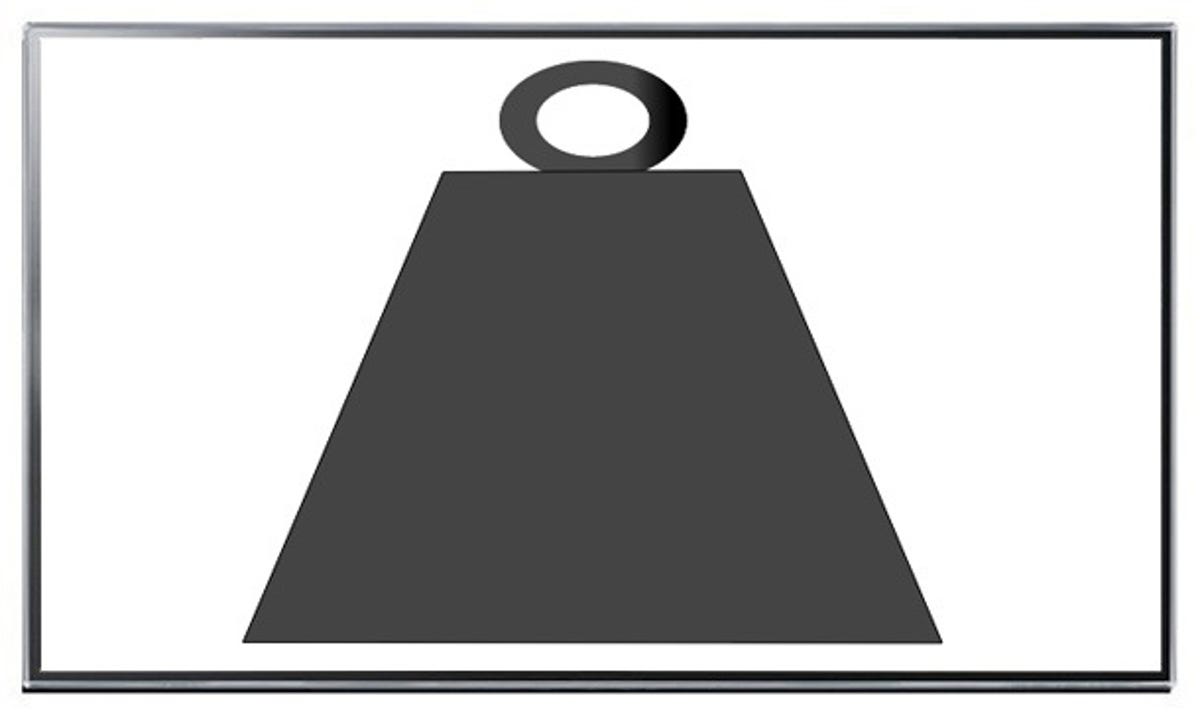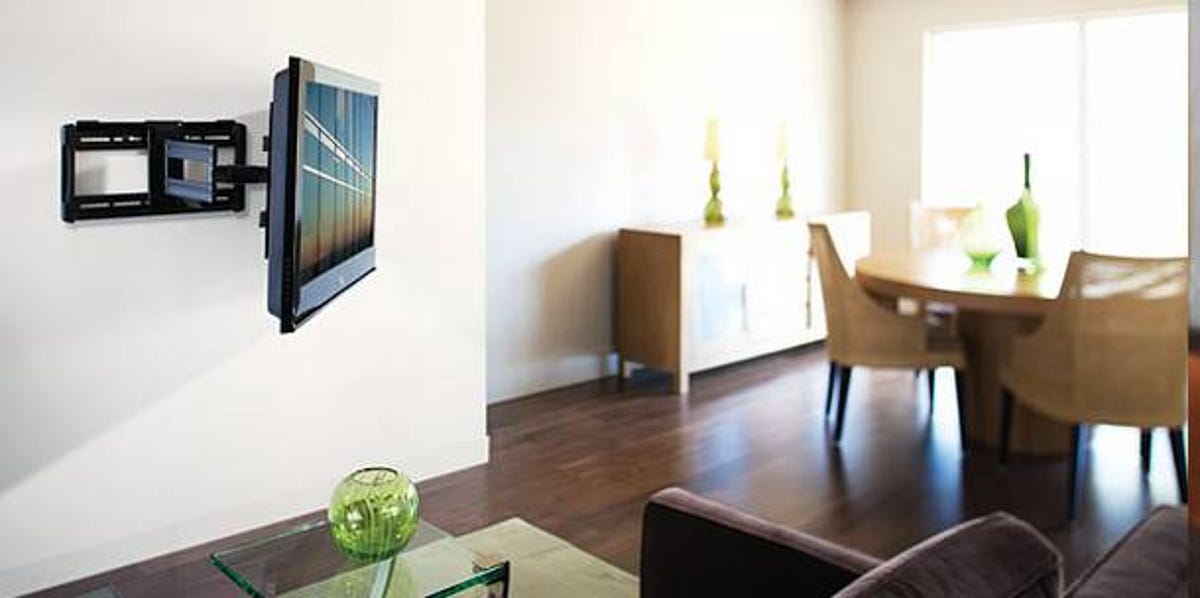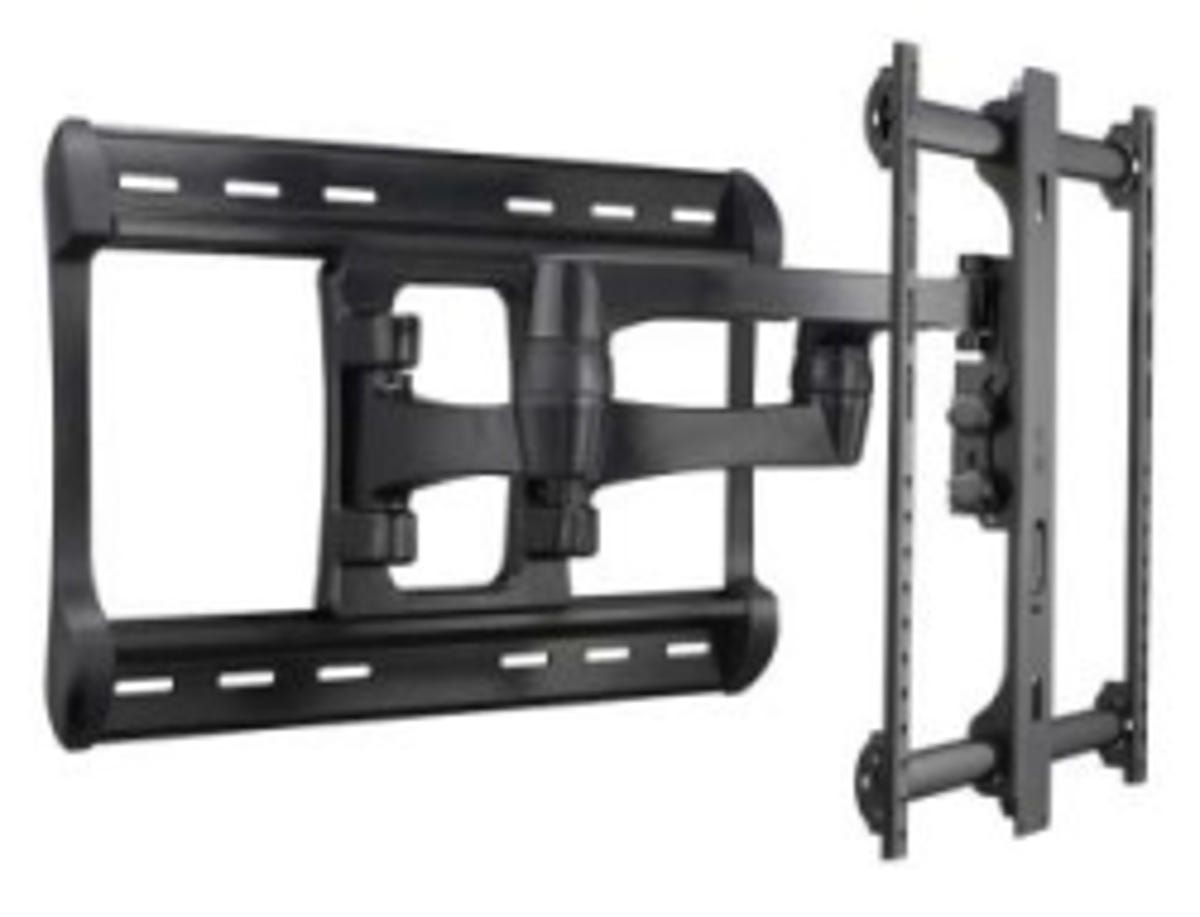
Geoffrey Morrison
Recently we took a poll where we asked “What’s stopping you from getting a plasma?” A majority of voters rebuked my premise, picking “I love my plasma.” The other responses were fairly evenly split among the choices.
However, there was a surprisingly common reason given in the comments that baffled me, and it’s so bizarre it’s clearly worth debunking, or at least shining the light on the facts.
So how much do TVs weigh?
Though mostly made of plastic, all TVs have some metal parts, and usually some glass as well. Compared with TVs from a few years ago (or the CRT “tube” TVs of yore), all TVs are light. Or at least, lighter.
There are two main reasons why the weight of a TV is worth considering: where you’re placing/mounting it, and the initial post-purchase box-wrangling and setup. Weight shouldn’t be an issue with shipping, as it’s far too easy to find places that offer free shipping.
When it comes to TV stands, all but the flimsiest will support pretty much every TV on the market (we’ll cover the specifics in the Weight section).
If you’re planning on wall-mounting your TV, there’s a wall mount that can support it. I checked several wall-mount manufacturers, like OmniMount, Sanus and Monoprice. TV size and weight are the two deciding factors for what mount you can get. Every size/weight I checked was available in flush, tilt, and full-motion designs.
Here’s the most interesting bit: Mounts designed for a certain size TV (50 inches, say) can support nearly every TV of that size. As in, if you have a 50-inch LCD, you’re going to be buying the same mount that someone with a 50-inch plasma can get. Most (though not all) of the mounts that I checked out for this article designed for 50-inch TVs handled 125 pounds, far more than even today’s 65-inch plasmas.
So again, I’m not sure why the weight matters, when you’re getting the same mount regardless of weight.


OmniMount
This is with the typical two-stud mounting. Personally, I would never hang anything expensive on a wall without finding a stud, but that’s me. I checked with Zach Eyman, senior product manager for OmniMount, maker of TV mounts:
Me: Do you have a general rule like “max this weight for single stud mounting?”
Zach Eyman: “A good rule of thumb is 80 pounds for a single stud, but a specific mount’s specifications should always be followed.”
Eighty pounds, as we’ll see later, is pretty much everything below 60 inches.
Me: “What’s Omnimount’s general take on drywall-only mounting (i.e., no studs)?”
ZE: “If designed and engineered correctly, drywall mounts allow the most flexibility of mounting locations since you are not limited by stud placement. Since safety is a top priority, OmniMount’s drywall mounts are reserved for lighter-weight panels, under 40 pounds.”
You’d be pushing that limit with any 50-inch panel, by the way.
Related stories
- LED LCD vs. plasma vs. LCD
- Active 3D vs. passive 3D: What’s better?
- Why all HDMI cables are the same
- TV tech explainer: Every HDTV technology decoded
- What is refresh rate?
- 1080i and 1080p are the same resolution
- What is 600 Hz?
Unpacking?This was another common reason given for why a lighter TV is better. I don’t get this one, either. As far as unpacking and moving the TV from the store to your home, you always need more than one person.
Unless you’re getting a cheap 32-inch TV, get some assistance. Seriously. Even if the TV isn’t heavy, the pressure and torque you’ll be exerting on the frame and bezel can be enough to damage the tiny wires that let the TV do its TVing. Trust me, I’ve destroyed TVs before doing nothing but normal unpacking/setup myself. Not dropping them, mind you, just hefting them off the Styrofoam and placing them on a table stand.
I don’t quite understand the desire to purchase a lighter TV and deal with worse picture quality for the life of the television just because someone can’t ply his friends with beer for 10 minutes worth of light labor.
The weight
OK let’s look at some actual weights of different size TVs. All weights were from the manufacturer’s Web site or Amazon, and show the weight of just the panel. (Check out this article to find out what the model numbers mean). I chose these brands, as they make both plasma and LCDs (plus Sharp, as a maker of uberbig LCDs). Not every manufacturer makes the same screen sizes, and for fairness I kept the screen dimensions as close as possible. In some cases, there was a screen size available, but the weight wasn’t available.
42 inches
LG 42PN4500 (plasma) – 40.6 pounds
Panasonic TC-P42S60 (plasma) – 35.3 pounds
Samsung PN43F4500 (plasma) – 30 pounds
LG 42LN5700 (LED LCD) – 21.2 pounds
Panasonic TC-L42E60 (LED LCD) – 29.8 pounds
Plasma average: 35.3 pounds; LED LCD average: 25.5 pounds
Difference: 38 percent


50 inches
LG 50PN6500 (plasma) – 54.5 pounds
Panasonic TC-P50ST60 (plasma) – 49.6 pounds
Samsung PN51F8500AF (plasma) – 46.1 pounds
Samsung PN51F4500AF (plasma) – 39 pounds
LG 50LA6900 (LED LCD) – 38.1 pounds
Panasonic TC-L50E60 (LED LCD) – 38.6 pounds
Samsung UN50F5500 (LED LCD) – 28.7 pounds
Plasma average: 47.3 lbs; LED LCD average: 35.1 pounds
Difference: 35 percent
60 inches
LG 60PN6500 (plasma) – 76.1 pounds
Panasonic TC-P60ST60 (plasma) – 69.5 pounds
Samsung PN60F8500 (plasma) – 64.4 pounds
LG 60LA8600 (LED LCD) – 61.1 pounds
Samsung UN60ES7550 (LED LCD) – 45.2 pounds
Plasma average: 70 lbs; LED LCD average: 53.2 lbs
Difference: 32 percent
65 inches
Panasonic TC-P65ZT60 (plasma) – 90.4 pounds
Samsung PN64F8500 (plasma) – 72.3 pounds
Panasonic TC-L65E60 (LED LCD) – 64.2 pounds (“Item Weight” via Amazon)
Samsung UN65F7050 (LED LCD) – 50.8 pounds
Plasma average: 81.4 pounds; LED LCD average: 57.5 pounds
Difference: 41 percent
Even bigger
Samsung UN75F8000 (LED LCD) – 79.1 pounds
Samsung UN85S9AF (LED LCD) – 151.5 pounds
LG 84LM9600 (LED LCD) – 150.36 pounds
Sharp LC90LE745U (LED LCD) – 141.1 pounds
It’s worth noting even the heaviest TV here, the Samsung, has multiple wall mounts available. For perspective, RCA’s 38-inch, 16×9 tube HDTV from 10 years ago was 212 pounds.
So yes, technically plasmas are heavier than a similarly sized LCD. On average, based on this sampling, they’re about 36.5 percent heavier. But to say that’s the whole story is as specious as me saying “The heaviest TVs on the market today are LCDs!” which, in the narrowest sense, is just as true.
One commenter said he liked being able to haul his TV over to his friend’s house for gaming. A pretty specific, but definitely valid, consideration.
Bottom lineThere are plenty of reasons not to get plasma, but weight seems to me the most absurd. Making a decision about a purchase based on such a trivial aspect is completely bypassing the vastly more important aspects, like picture quality, features, price, energy efficiency, and so on.
Got a question for Geoff? First, check out all the other articles he’s written on topics like HDMI cables, LED LCD vs. plasma, Active vs Passive 3D, and more. Still have a question? Send him an e-mail! He won’t tell you what TV to buy, but he might use your letter in a future article. You can also send him a message on Twitter: @TechWriterGeoff.




